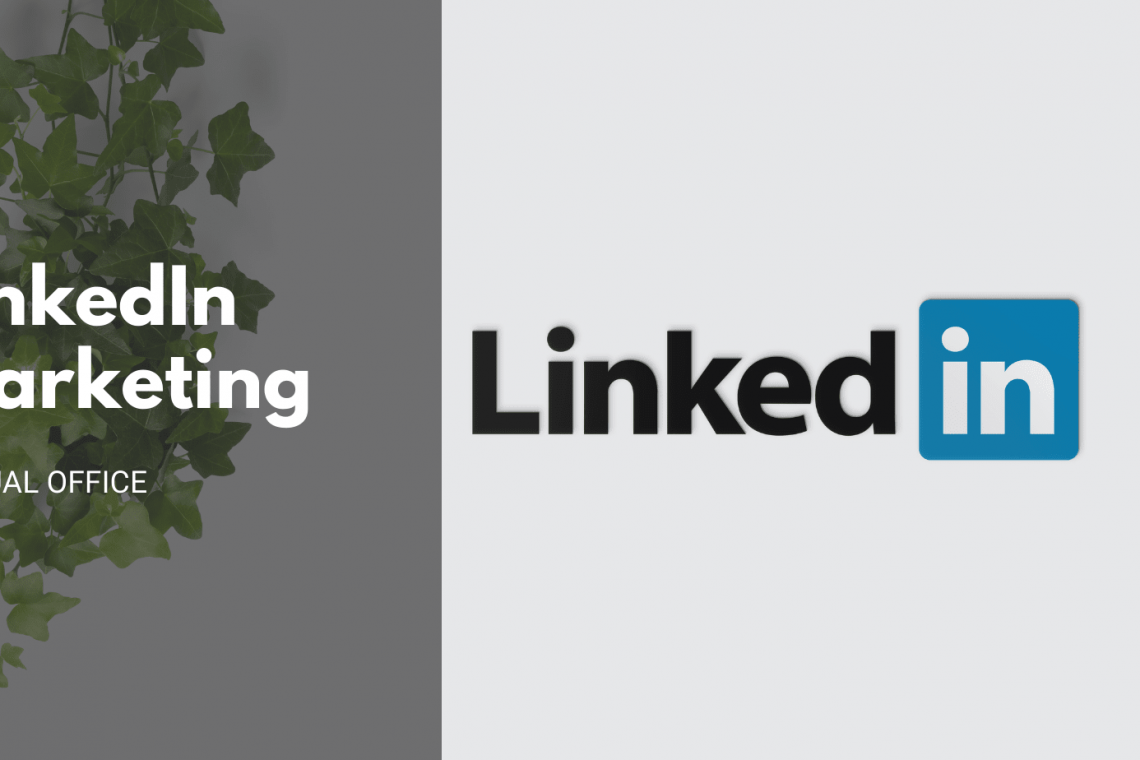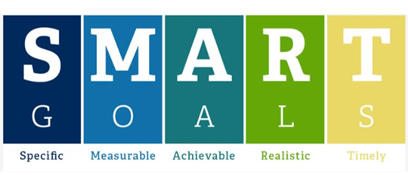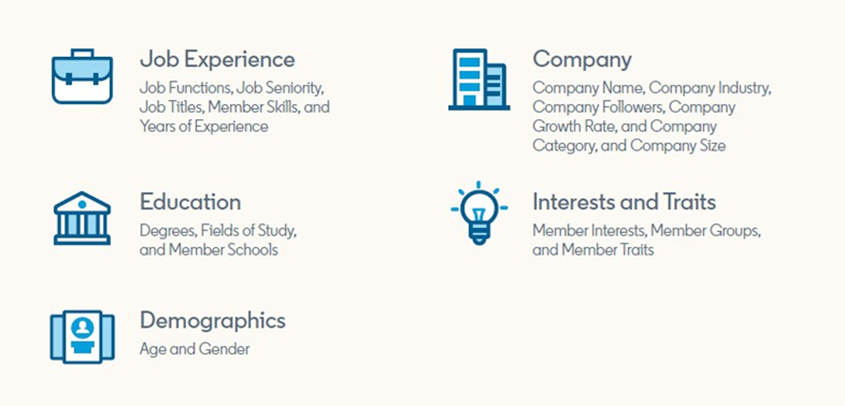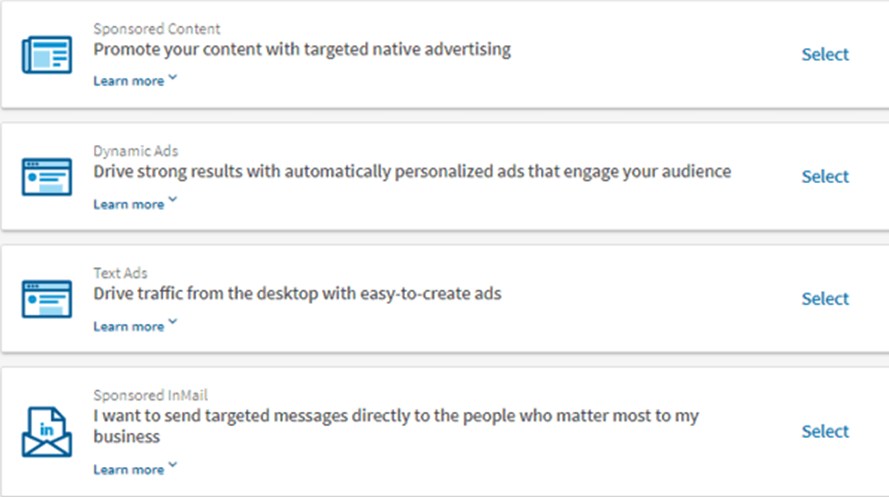How and why implement virtual office services
- prosinac 5, 2022
- Virtual Office
The general opinion is that the self-employed, freelancers, or entrepreneurs who start a business use virtual office services. However, recently more and…
Read More
LinkedIn is one of many social networks, and its uniqueness is focused on new business opportunities, employment, and professional networking. Despite its great popularity, many are not aware and do not use all the opportunities it offers them. LinkedIn has existed since 2002. and initially did not have a large number of users. However, in recent years, more and more people are joining this platform and realizing its benefits.
The latest data shows that there are about 756 million users in 200 countries and regions worldwide.

Source: https://news.linkedin.com/about-us#Statistics
Below we bring you an interview with LinkedIn expert Davor Buklijaš, who is our marketing manager and the founder of the company “Dbite Digital Marketing”. Davor will answer the questions we all, as beginners in LinkedIn marketing, have asked ourselves at least once.
H: Since LinkedIn is called the „new Facebook“, can you tell us what are the main differences between them?
D: Of course. Namely, LinkedIn has gradually improved its platform and added many new features, which is why many have called it that way, but the differences between them are more than big. It is clear that LinkedIn is completely different and business-oriented, so you will not post pictures from trips or outings with friends, but you will try to promote yourself, show yourself more seriously and professionally. It is popular because it offers a different and business dimension compared to Facebook. Also, it connects people with potential clients and provides opportunities for new jobs.
The special feature of this network is the possibility of connecting with people who make key business decisions and work in high positions. So you can target individuals and companies that can help you achieve your business goals and connect with new customers around the world. Being present on the platform and using all the opportunities it provides us can certainly help those who are focused on B2B, but also on B2C business.
H: What should be the first step if we want to attract potential customers and expand our business?
D: First, we have to create a marketing campaign, and it starts by defining goals. Think about what you want to achieve and how to achieve the desired results. Some of the goals can be to increase brand awareness, promote your services or products, build a community around the brand, etc. Depending on what you do and how big your company is you define the campaign.
A popular method of SMART goals that have already been proven to be successful can be applied to any type of marketing campaign. So the goal must be: clearly defined (specific), then measurable so that you can measure it in a unit, for example in money if you want to increase your income, in pieces or quantity if you want to buy something, etc., it must be achievable, realistic, because if it is far above the possibilities it can be demotivating, and we have to set a certain period of time to achieve our goal (timely).

Source: https://blog.ohiohealth.com/set-smart-goals-succeed/
H: What should our LinkedIn profile look like?
D: Visual impression is very important to all of us, so users who come to your profile or your company profile want to see and read certain information that could be key to whether they will continue to research what you offer or quit. Therefore, it is very important to edit your profiles. Both profiles must be professional, attract potential clients and clearly show what you do, but there are some differences between them. Your personal profile may include your skills, work experience, the values you stand for so that users who find your company may also have an insight into what you represent as an individual.
The company profile must also be edited and give clear information, you need to have a picture that represents you (logo, slogan, etc.) and a link that leads to your website. Fill in all the blanks required of you (location, number of employees, year of establishment, and description) and add the company you work for to your profile.
H: What about publishing content? What would be desirable to publish and how often?
D: Many users and companies have open profiles but don’t post anything and expect the audience to attract themselves. If you want to achieve some results and make progress, it is necessary to continuously publish content, but not just anything. It should be quality, interesting and diverse. Combine images, articles, statuses, quotes, videos, etc. For example, a video should hold the viewer’s attention right at the beginning and not last longer than 1-2 minutes. Also, it would be advisable to put subtitles because we are not always able to watch the video with sound.
A new option LinkedIn has taken over from Instagram is adding stories. Their role is to connect with users and start more relaxed and less formal communication. For example, you can post a photo of your workplace, a beautiful view from the office, a coffee break, ask a question and thus start communicating with potential customers/clients or publish useful and educational articles.
LinkedIn has one big advantage over Facebook and Instagram, and that’s a better algorithm because it doesn’t have that much content, so everything you post stays on the cover longer and there is a greater reach of people. Also, the more your followers like, comment, or share a post, the more it automatically becomes visible to their users, thus increasing your reach.
H: Is it recommended to “sniff” a little and check what others do? Or will it just distract us and demotivate us in achieving our goals?
D: Yes, I definitely recommend it. Whether you’re new on LinkedIn so you need insight into how it all looks and how other companies are promoting themselfs, or that you’ve been on the platform for a long time but aren’t getting the results you want. Researching the competition could inspire you and give you extra motivation. Study their strategy and see if it brings them results. See what content they publish and how the audience reacts to it, you might get an idea of how to make something even more innovative.
Let other people’s good results be just an additional motivation. Think about what you can do to be better, what to take away, and what to add. Devise a good strategy and get to work.
H: What else is important to us besides the look of the profile and content?
D: For successful marketing, it is important to know who your audience is, or what your target group is. If you are one of those who think you can sell your product or service to everyone, the chances of success are low. Each product and service has a specific target group, and as the famous marketing quote says, “If you sell to everyone, you don’t actually sell to anyone“. Therefore, one of the most important steps is to target a certain group of customers/clients and only then start advertising.
Sometimes it is clear to us as day that we will not, for example, advertise prams to people who do not have kids or pet food to people who do not own them because it is simply a waste of money. However, when we are not sure who our potential customers might be because the circle of people who might be interested in too wide, then research needs to be done. Are your customers/clients men or women, what is their age, where do they live, what are their business interests, what is their income, what is their position, etc.? Researching the target group is definitely good and advisable to do because sometimes you might be surprised which profiles of people would buy your products/services.
Also, you need to consider whether your group is on LinkedIn at all. So if you sell products used by adolescents, maybe LinkedIn is not a real platform where you could advertise successfully.
H: After the target group comes targeting, am I right?
D: That’s right. Once you’ve determined who your target group is, it’s time for targeting. LinkedIn is really a quality platform that helps you reach the “right” people, and because of the options it offers, it is rightly called a B2B targeting platform, although as already mentioned, it is not intended exclusively for B2B but also for B2C companies.
Will you contact only the CEO, directors or a third party, how many employees will the company have, how much and how did it develop, how old are the customers you are contacting, and what is their area of interest, using the filters provided by LinkedIn, you can „target“ them precisely. The basic groups by which targeting is performed are business experience, company, education, interest and skills, and demography.
Target smartly and if you are unsure, rather expand your target audience and narrow down the group you will be addressing in the future, according to analytics.

Overview of basic groups, and their further division.
H: How does advertising on LinkedIn work and in what ways can we advertise?
D: Before you start advertising, you determine the budget you will invest, the date of the beginning, and set the conversion monitoring. LinkedIn has excellent conversion monitoring tools from which you can see the success of campaigns and optimize them if necessary.
There are several ways of advertising. The first is so-called sponsored content where you can advertise new or previously published content, and these ads can be in pictures, videos, or a series of pictures. Such ads look like regular fasting with content on the feed, only you have to pay for them. You can use them to raise awareness of your brand or to get customers to click on your ad.
The following are dynamic ads, which differ from others in that they are personalized. They are customized to the user according to their search history, shared content, industry, etc. They are displayed on the right and users can turn them on or off.
Then, text ads. They need to be simple, clear, and appropriate to the audience you are targeting, and if we consider the small number of characters you can use you need to be creative and say as much as possible in a few words. The title can contain only 25 characters and the description 75 characters. Payment is made in two ways: per impression (CPM) or per click (CPC). Paying per impression means that you pay per 1000 ads seen, and we only pay per click if someone actually clicks on your ad.
If you are a beginner, it is recommended to choose pay-per-click first, to actually invest money in impressions only to those people who have really shown some interest in your product, and later if you do not have enough clicks you can start advertising by a number of impressions. You can also choose the type of advertising according to the goal of your marketing campaign, so if you’re a large company that aims to spread brand awareness, a better advertising option would be display ads, but if you’re a small business looking to increase sales, use click-through ads.
The last type of advertising, but not the least important is sponsored messages in the inbox that go directly to the target group’s inbox. The subject of the message can contain up to 60 characters, and the text of the message itself up to 1500 characters. You can use them when you want to connect with people you know will be interested in your offer. Write clearly and directly what you offer and attract your customers.

Types of advertising on LinkedIn.
H: How do we know if we’re doing a good job and does our campaign make sense?
D: By using analytics that allows us to track trends and metrics. It allows us to analyze posts, advertising, and our own profile. This way you can optimize your budgets and reach your target audience more easily. We divide analytics into three groups:
After the marketing campaign, analytics serves as a guide. From it, we can find out how successful the chosen strategy is, improve the campaign and change the type and method of communication according to the results.
H: Davor, thank you very much for this conversation. I can tell you that I already feel like a real expert.
D: Thank you. I’m glad to hear that.
Prepared by Hana Puljiz 28.05.2021.